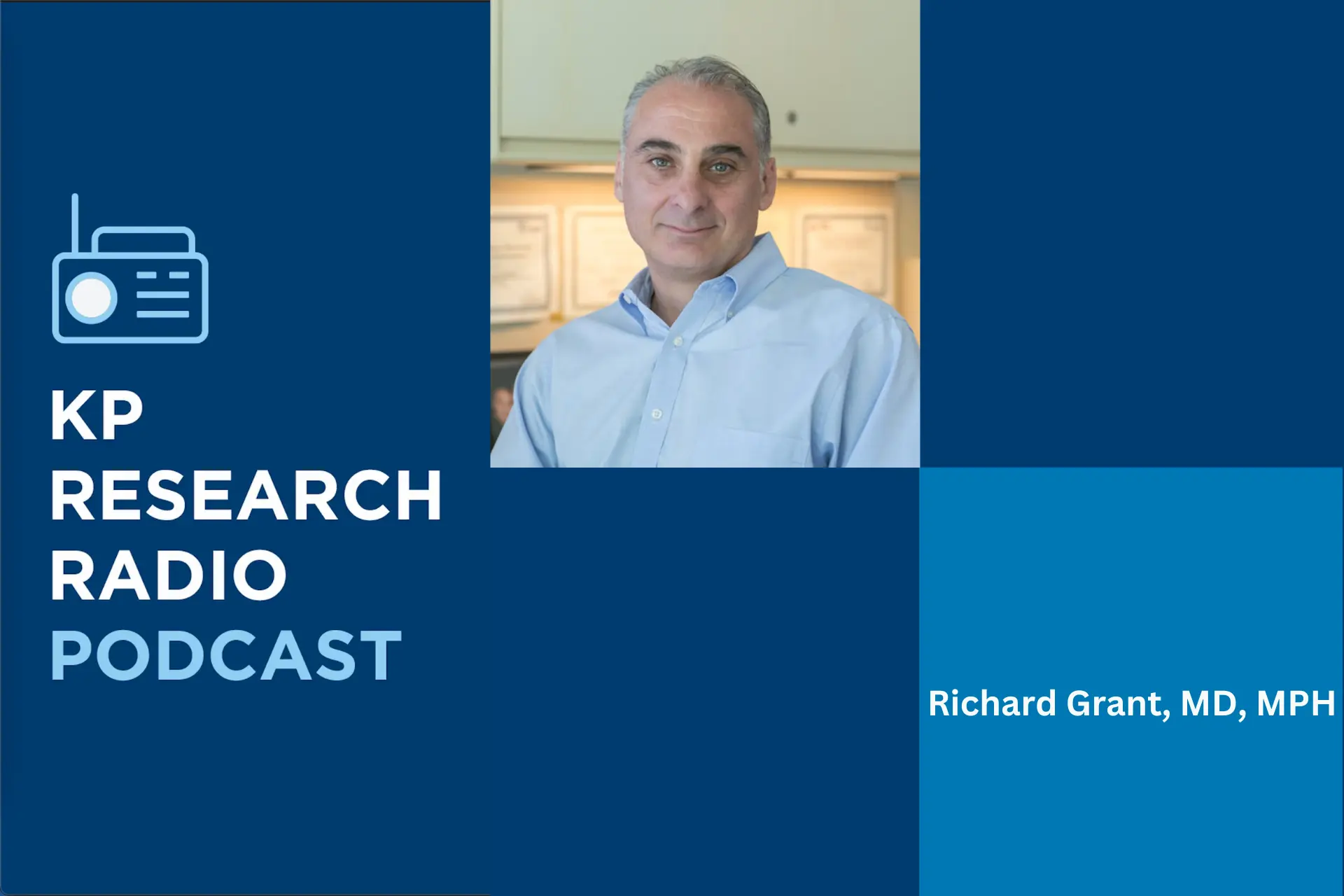When patients cannot talk with doctors about diabetes in their own language, even when interpreter services are available, poorer diabetes outcomes may be the result. These were the findings of a recent study by researchers at the Division of Research at Kaiser Permanente Northern California and the University of California, San Francisco.
The study was conducted among Latino diabetes patients with limited English skills. Compared to those with Spanish-speaking doctors, those with non-Spanish speaking doctors were nearly twice as likely to have poor control of their blood sugar.
This is the first study linking language barriers with poorer diabetes-related health outcomes. It’s also the first to examine the impact of Spanish-speaking physicians on diabetes care disparities. This study, published in the January 2011 issue of the Journal of General Internal Medicine, did not examine languages other than Spanish.
“Diabetes is a complex disease that requires a high level of patient understanding and engagement for successful management,” said Alicia Fernandez, MD, a UCSF professor of medicine and lead author of the study. “These patients may need direct communication with Spanish-speaking physicians to manage their disease appropriately.”
The team surveyed adults with diabetes who are part of the Diabetes Study of Northern California, a study of patients from the Kaiser Permanente Northern California Diabetes Registry.
Overall, the study found that Latino patients had poorer control of their disease than English-speaking Caucasian patients; even English-speaking Latinos had almost twice the rate of poor blood sugar control as English-speaking Caucasians.
However, researchers found no difference in blood sugar control between English-speaking Latinos and non-English speaking Latinos with doctors speaking their language.
Among Latinos with limited English skills and non-Spanish speaking doctors, 28 percent of the patients had poor blood sugar control, compared to 16 percent of those with a Spanish-speaking physician. Only 10 percent of the Caucasian patients had poor blood sugar control.
More than 8 percent of people in the United States, about 18 million adults according to the 2000 census, speak English less than very well. The majority, 14 million, speak Spanish as their first language.
“Our studies point out the need for quality improvement efforts in diabetes care to reduce health disparities associated with language,” said Andrew Karter, PhD, a study co-author. “As the U.S. becomes linguistically more diverse, and as the prevalence of diabetes continues to rise, it is increasingly important to understand if and why language barriers may prevent patients from getting the best possible care.”
This study doesn’t prove that language barriers cause diabetes control disparities. But it does suggest that having a doctor who speaks the patient’s language is important, the authors said. They recommended that whenever possible, health plans systematically offer diabetes patients a health care provider who speaks their language.





Comments (0)